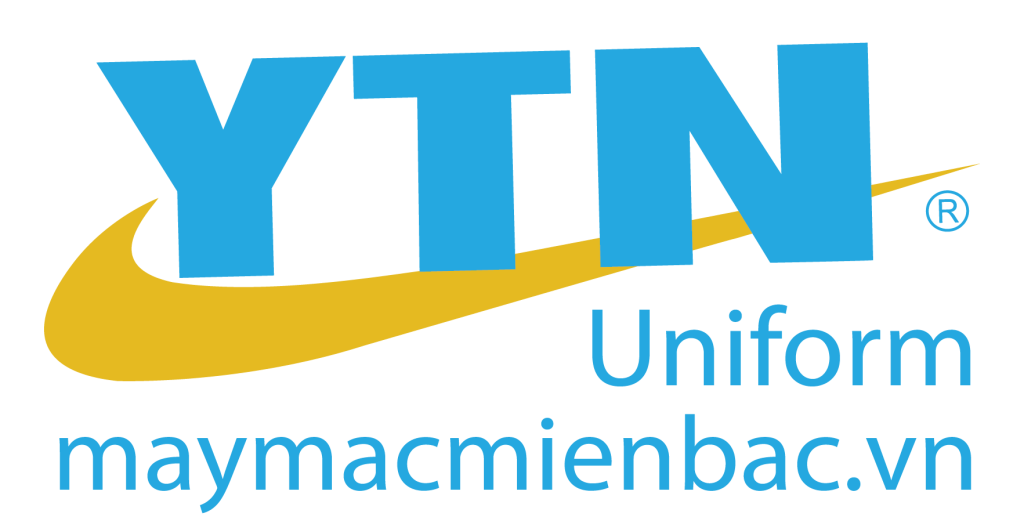Cryptocurrency transactions are increasingly popular due to their speed and decentralization, but transaction fees can significantly impact the overall cost of depositing and withdrawing funds. Understanding how to reduce these fees is essential for both casual users and high-volume traders. In this article, we explore practical strategies to minimize transaction costs, with insights applicable beyond just Velobet, illustrating timeless principles in financial management. For instance, users interested in engaging with a secure and cost-effective platform might consider visiting velobet casino to explore available options.
Table of Contents
How do transaction network choices influence fee reduction?
Comparing blockchain options for lower deposit and withdrawal costs
Different blockchain networks have varying fee structures. For example, Bitcoin’s network fee fluctuates based on demand, sometimes reaching several dollars per transaction during peak times. Conversely, networks like Litecoin or Bitcoin Cash typically offer lower fees due to their design and lower congestion levels. When selecting a network, consider both the fee and transaction speed. For instance, using a blockchain with faster confirmation times during high-demand periods can prevent delays and reduce costs associated with failed or delayed transactions.
Impact of network congestion on transaction fees and timing
Network congestion directly correlates with increased fees. High congestion causes miners to prioritize transactions with higher fees, leading to longer confirmation times for lower-fee transactions. For example, during Bitcoin’s peak periods in 2021, fees sometimes exceeded $60, making small deposits uneconomical. Monitoring blockchain status indicators, such as mempool size or fee estimates from reputable explorers, can help users plan transactions during less congested periods to save money.
Strategies for selecting optimal networks during peak periods
To minimize fees, users should consider executing transactions on less crowded networks or during off-peak hours. For instance, Ethereum’s network often experiences congestion during popular DeFi launches, significantly increasing fees. Using alternative Layer 2 solutions or different blockchains with lower fees, such as Polygon or Binance Smart Chain, can be advantageous. Advanced users may leverage tools that suggest optimal times based on real-time network congestion data, ensuring cost-efficient transactions.
What are effective account management practices to reduce costs?
Timing deposits and withdrawals to avoid fee spikes
Strategic timing is crucial. Avoid making transactions during known peak congestion times, such as major market movements or network updates. For example, scheduling withdrawals during weekends or early mornings, when activity typically diminishes, can lead to lower fees. Consistent monitoring of network conditions and fee trends allows users to choose optimal windows for transactions, reducing overall costs.
Utilizing account tier levels or VIP programs for fee discounts
Many exchanges and platforms offer tiered accounts or VIP programs that provide fee discounts based on trading volume or account age. For example, a high-volume trader might qualify for reduced withdrawal fees or even fee waivers. Maintaining active accounts and increasing trading volume can unlock these benefits, making regular transactions more economical. Always review platform-specific programs to maximize savings.
Implementing batch transactions to minimize cumulative fees
Batch processing involves consolidating multiple smaller transactions into a single larger one. This approach reduces the number of network confirmations needed, thereby decreasing total fees. For example, instead of making daily small deposits, consolidating them weekly can save on cumulative transaction costs. This technique is especially useful for traders managing multiple accounts or making frequent deposits and withdrawals.
Which tools and platforms help optimize fee expenses?
Automated fee tracking and alert systems for cost-effective transactions
Several tools provide real-time fee tracking and alerts. Platforms like Blocknative or GasNow monitor network conditions and notify users when fees are at their lowest. Integrating such tools into your transaction workflow ensures you execute trades during optimal fee periods, saving money over time.
Integration of third-party wallets with fee optimization features
Modern wallets, such as MetaMask or Trust Wallet, offer built-in fee estimation and adjustment features. These tools suggest appropriate gas prices based on current network states, allowing users to set custom fees that balance cost and transaction speed. Selecting wallets with such capabilities simplifies fee management and enhances cost efficiency.
Using exchange APIs for strategic transaction execution
Advanced users can leverage exchange APIs to automate transactions aligned with fee trends. For instance, scheduling deposits and withdrawals when fee estimates are low reduces costs without manual intervention. Some platforms offer scripting or bot services that adapt transaction timing dynamically based on real-time data.
What role do timing and market conditions play in fee management?
Analyzing historical fee patterns relative to market volatility
Historical data shows that transaction fees often spike during periods of high market volatility or significant news events. For example, during Bitcoin’s rapid price surges in late 2020, network fees surged correspondingly. Understanding these patterns helps users anticipate fee increases and plan transactions accordingly. Analyzing past fee data can be done using blockchain explorers or specialized analytics platforms.
Identifying ideal time windows for deposit and withdrawal activities
Optimal timing involves executing transactions during off-peak hours, which typically occur late at night or early mornings in most time zones. For example, many users find that executing transactions on Sundays or during weekends results in lower fees due to decreased network activity. Incorporating timing strategies into routine transaction planning enhances cost savings.
Adjusting transaction schedules in response to fee fluctuations
Dynamic fee environments require flexible transaction scheduling. Utilizing real-time monitoring tools enables users to pause or delay transactions until fees fall to acceptable levels. For example, if a sudden network congestion occurs due to a network upgrade or market event, postponing transactions until the congestion subsides can prevent unnecessary expenses. This proactive approach aligns with the broader principle of managing transaction costs as a critical component of financial efficiency.
Remember: Effective fee management combines strategic network choice, timing, and utilization of technological tools to achieve optimal transaction costs. These principles apply broadly across all digital asset operations, embodying timeless financial management practices in a modern context.
